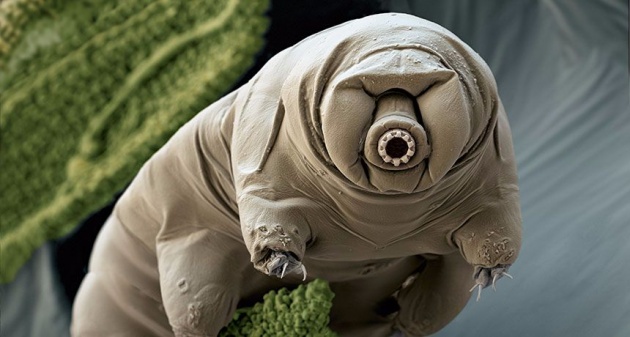
image source: www.google.com
Hello, guys!
Recently, I haven't been very active as I got busy during the holidays and all other stuff. Besides, cold weather makes me kind of lazy. Anyway, I'm back with my next blog which I'm planning to be a little bit different than my previous ones. For me, this topic is very serious, but I want to try myself on it as it is an important and significant one. I'll be writing about those little creatures called Tardigrades (or water bears) and the various aspects of their usefulness for people.
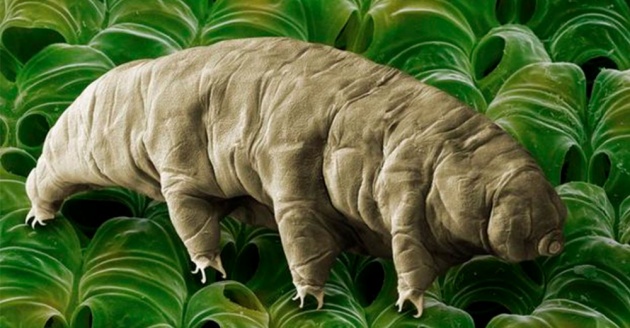 image source: www.google.com
image source: www.google.com
What is a tardigrade?
First, let's make clear what are the tardigrades/water bears.
Tardigrades (/ˈtɑːrdɪˌɡreɪd/; also known as water bears or moss piglets) are water-dwelling, eight-legged, segmented micro-animals.
Tardigrades are a group of tiny creatures which have amazing capabilities for their size. Up until now around 1000 species of tardigrades were described by science and some of them have really impressive qualities. They can reach 0.1 - 1.5 mm of size and can inhabit saline, fresh water and some of them are even living outside of the water.
 image source: www.google.com
image source: www.google.com
Facts about Tardigrades
Tardigrades came into existence around 500 millions of years ago. Creatures like the tardigrades (water bears) would not be something special and known if it was not for their special abilities. The main and most important function of these organisms is that they can survive in extremely unfavorable conditions, and they have evolved through the years so drastically that they are now of huge interest to scientists for various purposes. Through many experiments and observation it was discovered that tardigrades can:
⚫ They can be found anywhere between 6000 m altitude in Himalaya and 4000 m under the sea level. They can also be found in very cold areas (as on the poles) or in the equatorial zone. All that makes them probably one of the most widely spread creatures on Earth.
⚫ Water bears can survive very high quantity of radiation. In controlled conditions, they could survive 5700 Gy radiation, which as a comparison is 500 times more than the dose needed to kill a human being. That makes tardigrades capable of surviving in the open space.
video source: www.youtube.com
⚫ Besides that, tardigrades can even live in extreme temperatures. It was proven through experiments, that it is possible for this creature to survive a few days at - 200 °C, and a few minutes at 151 °C. That's also one of the reasons they are available in so many different areas of the world. Differences in the temperature is not something that affects them in any way.
 image source: www.pixabay.com
image source: www.pixabay.com
⚫ Tardigrades successfully live through dehydration. They are able to reduce the amount of water needed for performing their processes and slow down their metabolism to the absolute minimum. A certain water bear survived around 10 years of dehydration then it returned to its normal existence. This is a highly impressive achievement. There are also cases of tardigrades surviving even more, but these were not ultimately proven.
Anabiosis in Tardigrades
It is clear that no matter of its ridiculously small size, the tardigrade is not a creature we should underestimate as it is far better and well-prepared for extreme conditions than us. How does it actually do that? How is it possible for this animal to stay alive and what is the advantage which it has?
ANABIOSIS
- a state of suspended animation under adverse environmental conditions.
Tardigrades actually use a known process called anabiosis. Many other animals are able to go through this process when their life is threatened by severe conditions/weather and they use it as a mean to survive. Anabiosis is a process where all functions of the body are reduced to the minimum so that the organism has the best chances to live through the unfavorable period of time. Once the conditions are good enough this process is seized and the animal returns back to its normal stage. Besides water bears, animals that can use anabiosis are some insects, micro-organisms, and many plants. This process is also well-observed in bigger animals, such as mammals, for example.
The difference between the tardigrade and the other creatures, however, is that there is a certain limit above which the organisms can't continue to exist even in anabiosis. The water bear can use this far better than usual reaching limits that no other animal can. And this is one of the major reasons why scientists are so interested in these micro-organisms. If it was possible to copy the ability to survive into other useful creatures or even in human beings, that would lead to the possibility to survive at places we were not supposed to be able to survive (like in extreme conditions - temperature, pressure, etc.). It can be widely used in medicine for preserving of cells or substances for long periods of time. With such capabilities, the opportunities are practically limitless.
 image source: www.pixabay.com
image source: www.pixabay.com
Tardigrades and Yogurt
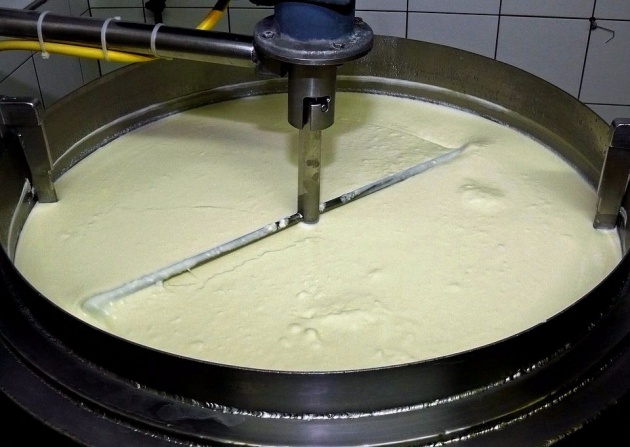 image source: www.pixabay.com
image source: www.pixabay.com
Here I come to the main reason I decided to write this blog and actually the place I got the idea about it. Recently it was on the news that a team of Bulgarian students used the tardigrade to prolong the life of one of the yogurt bacteria - Lactobacillus bulgaricus. Knowing the abilities of the creature to survive they used and applied it on the bacteria, making it possible for a higher number of bacteria to survive the tough process of yogurt production. That can lead to increased productivity and cost-efficient production in the future as the process would be optimized.
 image source: www.google.com
image source: www.google.com
Besides food production water bears can be used in the fields of medicine, biotechnology, biology, and many others. And I'm sure there are many other applications which are yet to be discovered.
DNA of Tardigrades
 image source: www.google.com
image source: www.google.com
As I said, this creature was of great interest to many scientific studies and its behavior was observed so that it may be used in later periods for inventions in various fields. What the scientists discovered was that the tardigrade's DNA contains the DNA of other animals as well. It was found out that when placed in conditions with lack of water, the water bear doesn't die, but instead collapses into fragments. Once water is available again, the process of gathering those fragments back is initiated, but together with its own DNA, other creatures' DNA is included in their bodies, as well. It is now believed that maybe the DNA and the genes from other animals is what made the tardigrade so resistant to everything.
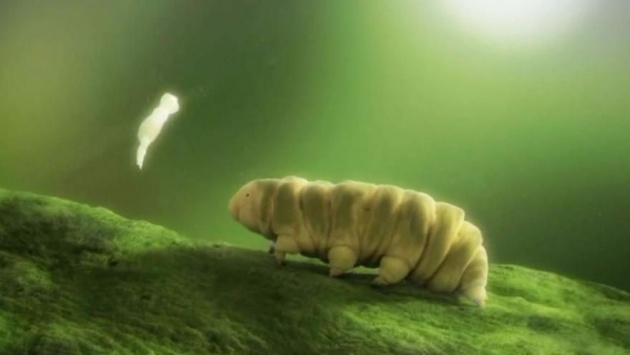 image source: www.google.com
image source: www.google.com
Another interesting experiment that was recently made by scientists was that they were able to bring back to life tardigrades which were in anabiosis for 30 years at a temperature of - 20 °C. They have been collected together with moss samples 30 years ago in the Antarctic and were kept in a frozen state. One of the two specimens that were tested successfully survived and even managed to procreate. This amazing discovery became popular last year and the information about it was widely spread and discussed. For details regarding the whole experiment you can check this video:
video source: www.youtube.com
Hopefully, in the future, we will see more and more discoveries and inventions, created due to these amazing organisms. I hope this blog was interesting for you!
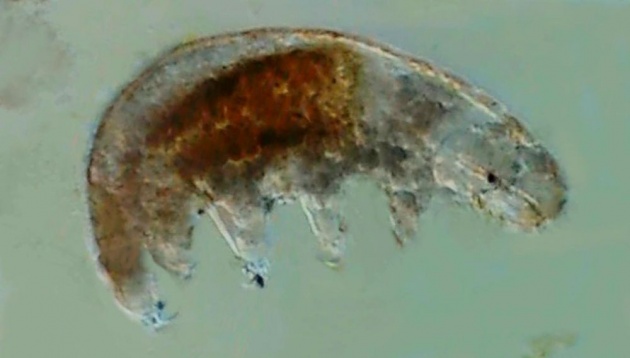 image source: www.google.com
image source: www.google.com
Thanks for reading!
- NinaB



